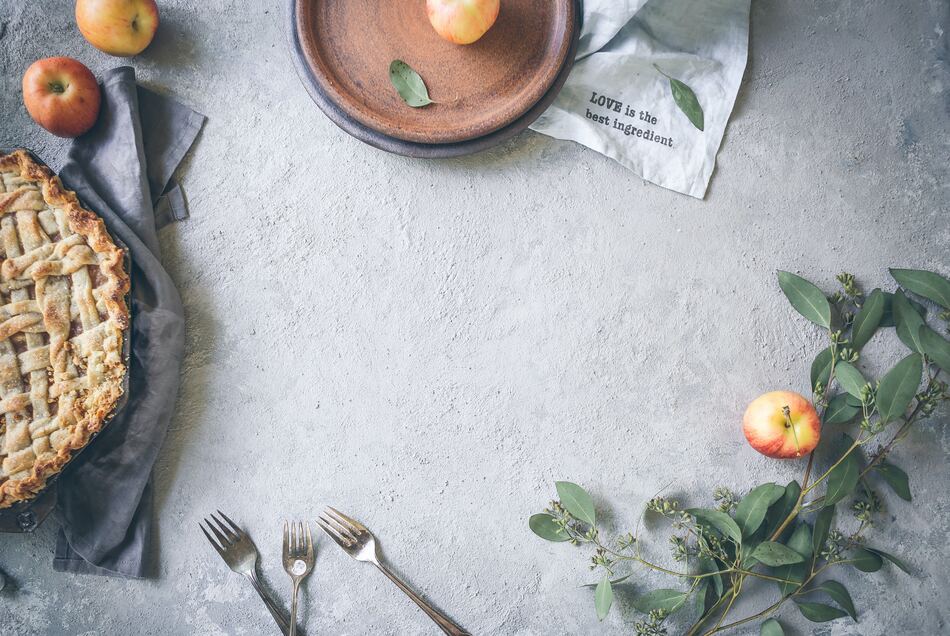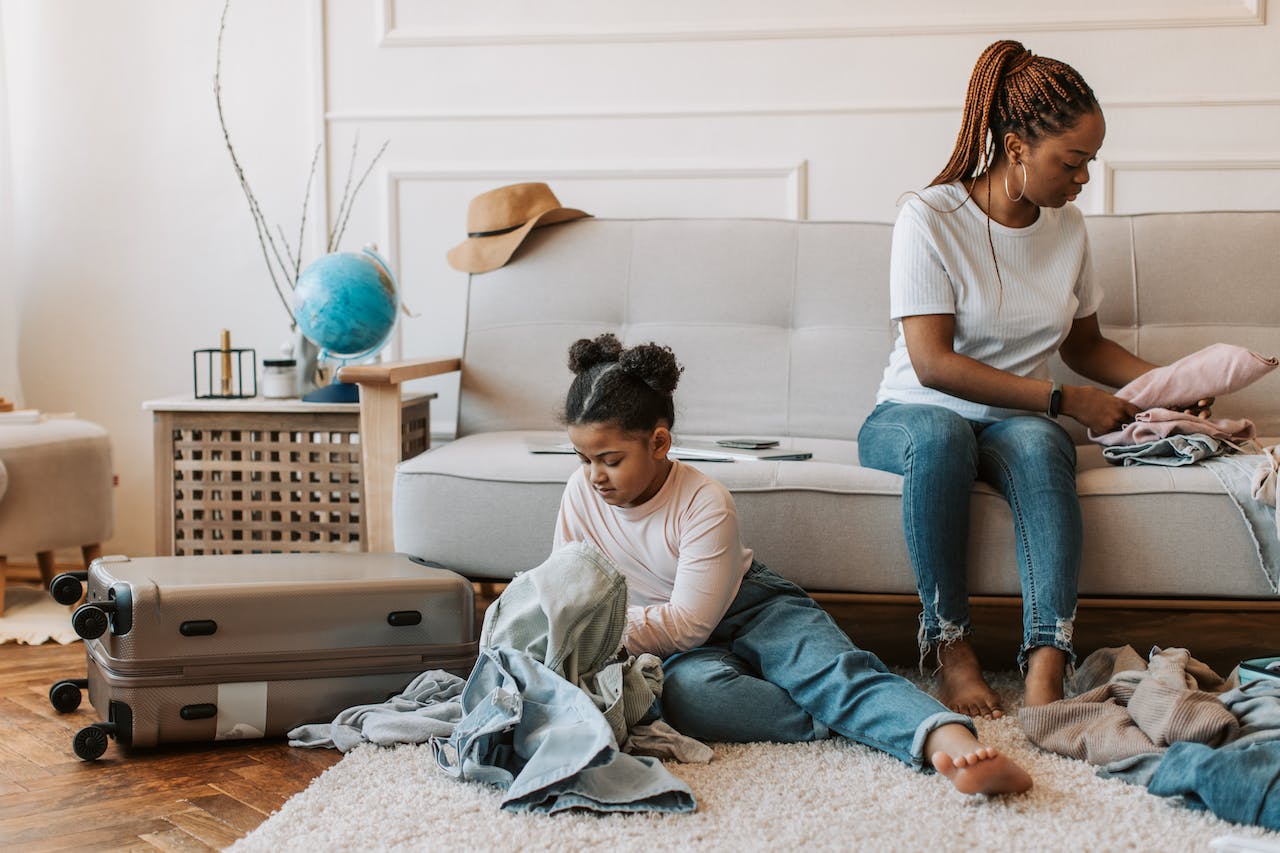Keeping your children safe at home is a hot topic for parents everywhere. Let’s face it: a child’s curiosity and naturally trusting behavior means that parents have to be on their toes between supervising their child, keeping the home accident-free, and teaching their child about personal safety and the difference between right and wrong. As a parent, the most important thing to remember is that you already have the best possible tool for teaching: yourself. Home safety is partly learned behavior, so make sure to use your best tool to teach your child how to be safe.
If that is not enough, read this handy guide to learn how to keep children safe at home, create a calm space for your children, and teach them what to do in an emergency.
Home is the most common place for children to get injured
Home is where the heart is, but it’s also the site of hundreds of potential dangers for a curious tyke. The dangers found at home aren’t just a threat to the safety of babies and toddlers, either – you still have to be wary of the safety of your older children, too. The lists below provide a quick breakdown of some of the biggest dangers in the home.
- Smoke/carbon monoxide detectors. Make sure your smoke and carbon monoxide detectors are checked regularly and have fresh batteries.
- Trash can covers. The garbage is a bacteria hotspot, so make sure to keep a lid on the garbage bin.
- Drawer/cupboard locks. You can reduce the risk of hand injuries by installing baby locks on these.
- Poison control. Always keep cleaners, fuels, medications, and other harmful substances where they are out of reach or safely locked up.
- Baby gates. Install baby gates across stairways and in the doors of any room that may be dangerous for a small child, such as the kitchen.
- Cords. Loose cords present a strangling risk, whether on your television, computer, electronics, landline, or blinds. Keep your cords tidy and out of the way.
- Fireplaces/woodstoves. Fireplaces are a burn danger for children. Make sure it is gated, and teach your children about fireplace safety.
- Furniture safety. Secure furniture that may fall, and consider padding sharp corners and edges to avoid injury.
- Outlet covers. Place covers over all the outlets in your home to avoid electrocution.
- Fall prevention. Make sure you restrict access to stairs, windows, and counters, and consider clearing your floors to prevent tripping.
These are just a few of the potential dangers in the home. To ensure your kid’s safety, take a close look at each room to see where the potential problems are.
How to promote home safety
The biggest part of preventing accidents and managing to keep your children safe at home involves being present, whether this means supervising your child or teaching them about safety. As soon as possible, start reinforcing safe behavior, especially in the kitchen or around things that can potentially harm them. In the case of small children and babies, constant supervision is a must – after all, it doesn’t take long for an accident to happen.
Consider keeping the following things around the home for emergencies:
-
- -First aid kit
- -List of emergency numbers
- -Baby/child-safe pain medication
- -It’s also a good idea to make sure you and your family members train in Infant/Child CPR and First Aid so you can deal with emergencies as they arise.
What to do in the case of an accident

Sometimes, no matter what steps you take toward home prevention, an accident will happen. It can be hard to know what to do, especially if it’s your own child. There are a few simple steps to take when a bad accident happens:
Step 1: Determine if it’s an emergency.
Step 2: Take action.
Step 3: Call 911 if needed.
Step 4: Care for the child until the paramedics arrive.
Not every potential injury requires medical intervention. You can provide much of the care at home with an ounce of forethought. Other than yourself, the biggest tool in your repertoire is the first aid kit. You can buy basic kits at the pharmacy or online or build and customize it. In fact, putting together a first aid kit with your child provides an excellent opportunity to teach them what each item is for and how to use it.
Here are some of the things that you should include in your first aid kit:
- A basic first-aid manual
- Sterile gauze pads of varying sizes
- Medical tape
- A selection of band-aids
- Tensor bandages
- Antiseptic wet wipes
- Antibiotic ointment
- Antiseptic spray
- Ibuprofen and acetaminophen
- Tweezers
- Small scissors
- Instant cold packs
- Alcohol wipes
- Calamine lotion
- Child-safe allergy medication
Small injuries can be easily dealt with, if needed, by following the instructions in your first aid manual. The most important thing here is that you keep calm and level-headed since your child will get anxious if you let yourself get agitated.
Items that aren’t kid-friendly
Part of keeping your children safe at home is knowing that you must keep cleaners and other poisonous chemical solutions away from children. Still, they may not know that many other household and self-care products aren’t kid-friendly.
To boost your knowledge of household hazards, here’s a by-the-room list of items that need to be secured and stored safely:
Bathroom
- Tub and shower cleaners
- Toilet cleaners, solid or liquid
- Deodorants
- Make-up
- Nail polish remover
- Medicines
- Moisturizers
- Perfume/cologne/aftershave
- Hand sanitizer
- Shampoos/conditioners
- Soap/body wash
Bedroom and living room
- Air fresheners
- Bubble solutions
- Cigarette butts
- Essential oils
- Incense
- Potpourri
- Glue
- Mothballs
Kitchen and laundry
- Ammonia
- Kitchen and household cleaners
- Floor polish
- Rat/mouse poison
- Bug sprays
- Laundry detergents
- Cloth dyes
- Stain remover
- Matches
Garage and shed
- Outdoor cleaning chemicals
- Cement
- Lime
- Paints/epoxies/resins
- Fertilizer
- Adhesives
- Weed killers
- Household/camping fuels
- Car care products
- Paint/paint thinner
- Turpentine
- Gas
Fortunately, keeping all these items out of reach to keep your children safe at home is pretty easy. For most of them, simply storing them in a high place is enough. Storing them in a lockable cupboard is a good idea for larger hazards, like pesticides, harsh cleaners, or solvents. This way, they are both out of sight and mind and firmly away from little fingers.
Electronics and furniture can also pose a hazard for children, especially if it is movable or has hard edges and corners. While it may not be possible to switch to safer options or child-proof it all, you can start teaching your child how to be safety-minded around the home, including walking instead of running, not climbing on tables and shelves, and so on. Establishing the safety rules early can teach your child how to be mindful and avoid accidents.
You can take steps to make your home – and especially your child’s room – safe, including keeping chairs away from windows, securing large furniture, covering outlets, locking cupboards, and so on. It’s also a good idea to start teaching your child about chemical hazard symbols as early as possible.
Keeping your children safe at home

Household hazards are plenty, but fortunately, it is pretty easy to children-proof your home. All you really need is good attention to detail, a few specially designed childproofing products, and a little thought. If you take the act of childproofing one room at a time, you can identify problems by scanning the room and asking yourself: “Would this be tempting to a child?” If the answer is “yes,” find a way to child-proof that thing.
It’s also a good idea to do the following:
-
- Unplug electronics that aren’t being used.
- Learn CPR and first aid.
- Make a fire escape plan with your family.
- Practice the fire escape plan with your family.
- Keep a landline phone so there’s no disruption in phone service.
- Keep a list of emergency phone numbers in plain view, such as on the fridge.
Keeping your children safe at home and teaching them about home safety may seem like a daunting task. It doesn’t have to be, though. By keeping a level head and putting the above information to good use, you can prevent many accidents your child can get into at home. After all, a safe home is where the heart is.
Home security systems: An essential component for child safety
In addition to addressing physical hazards and teaching your children about safety, integrating a robust home security system can significantly enhance the overall safety of your home. While it may not directly prevent accidents, a comprehensive security system provides an added layer of protection, ensuring a secure environment for your children. Here’s how you can incorporate home security measures into your child safety plan:
1. Surveillance cameras:
Install surveillance cameras in key areas both inside and outside your home. This not only helps monitor your children’s activities but also acts as a deterrent to potential intruders. Modern security systems often allow you to access live feeds remotely through smartphone apps, providing real-time visibility.
2. Smart doorbell cameras:
A smart doorbell camera allows you to see and communicate with anyone at your doorstep. Teach your children not to open the door for strangers and use the intercom feature to communicate safely. Some systems also have motion detection, alerting you whenever someone approaches your front door.
3. Smart locks:
Upgrade your door locks to smart locks that can be controlled remotely. This ensures that your home remains secure even if your child forgets to lock the door. Smart locks also allow you to grant temporary access to trusted individuals, such as neighbors or family members.
4. Window and door sensors:
Window and door sensors can alert you whenever a window or door is opened. This is especially useful if you have young children who may try to explore areas they shouldn’t. Set up notifications to be aware of any unusual activities in your home.
5. Security system monitoring:
Enlist the services of a professional monitoring service for your home security system. In the event of an emergency or security breach, they can contact the authorities promptly. This adds an extra layer of protection and peace of mind for you and your family.
6. Smart home automation:
Integrate smart home automation features into your security system. This allows you to control lights, thermostats, and even locks remotely. Automation can create the illusion of an occupied home, deterring potential burglars.
7. Emergency alerts:
Ensure your security system is equipped to send instant alerts in case of emergencies. This can include smoke alarms, carbon monoxide detectors, and panic buttons. Teach your children how to recognize and respond to these alerts.
By combining these home security measures with the safety practices already outlined in this guide, you can create a comprehensive approach to keeping your children safe at home. Regularly review and update your security system to stay ahead of potential risks, providing a secure and nurturing environment for your family.




